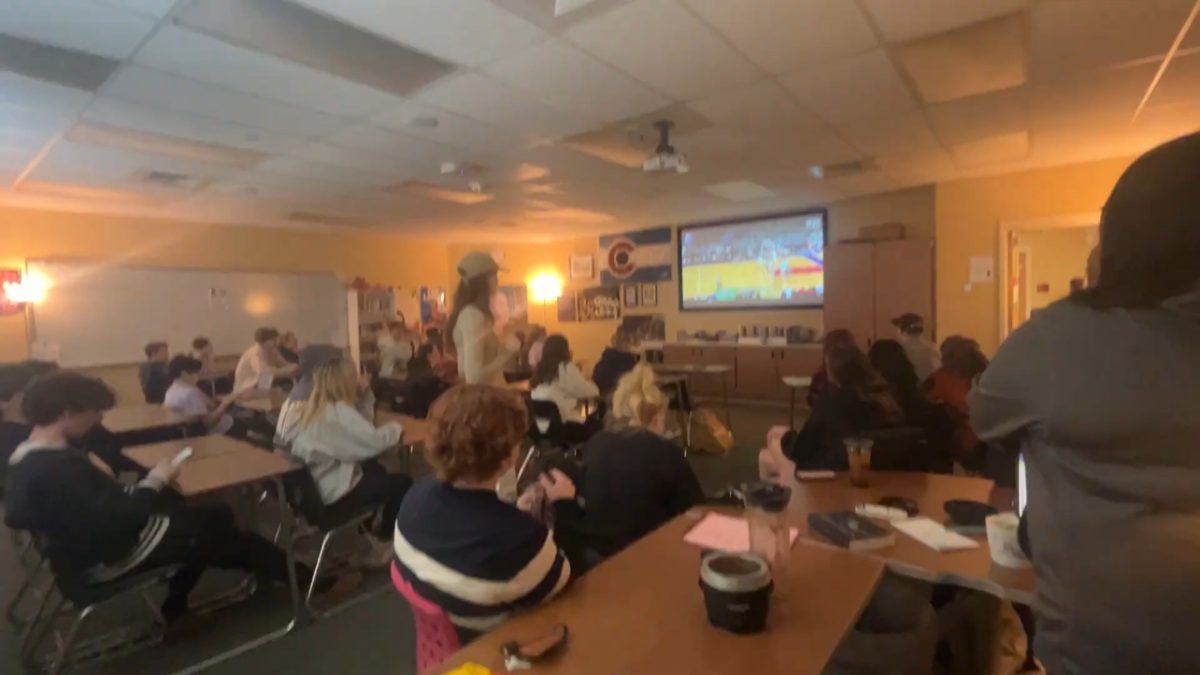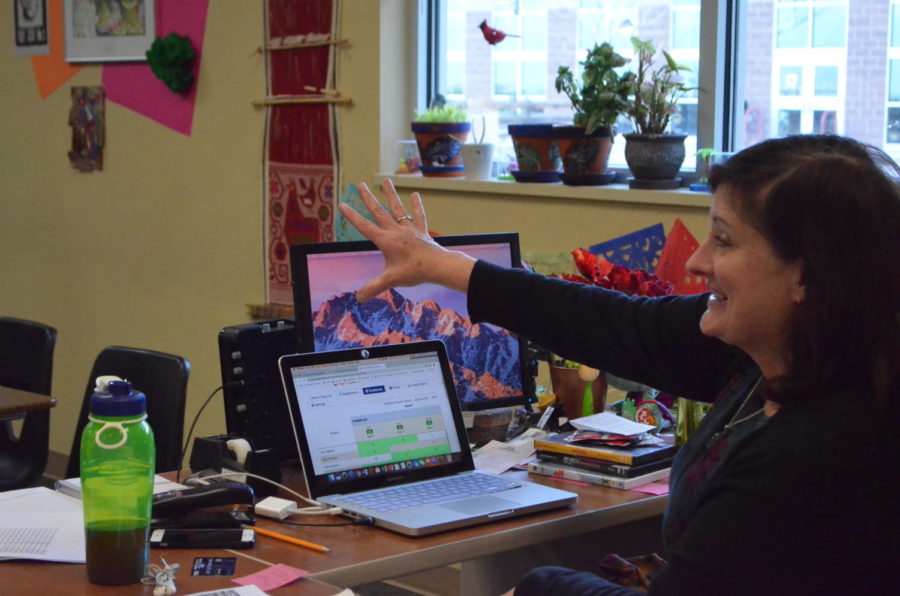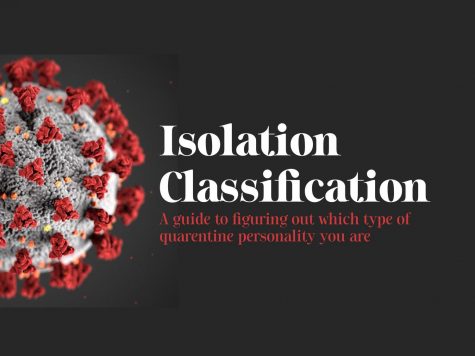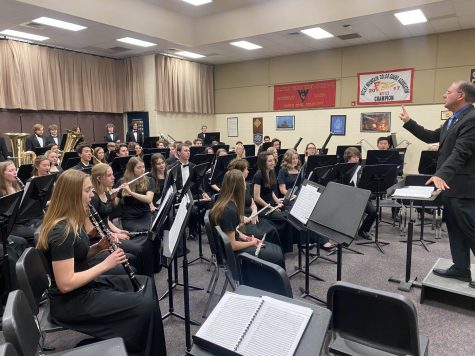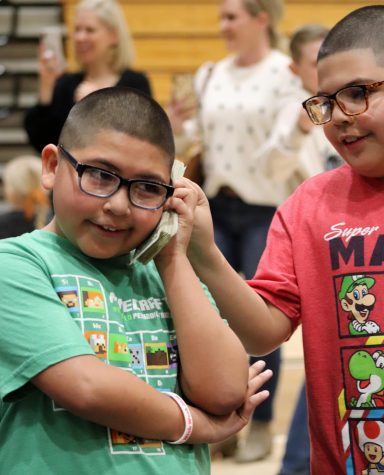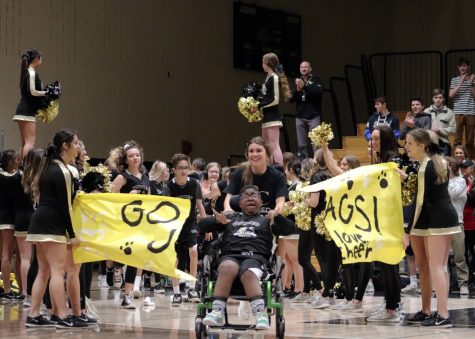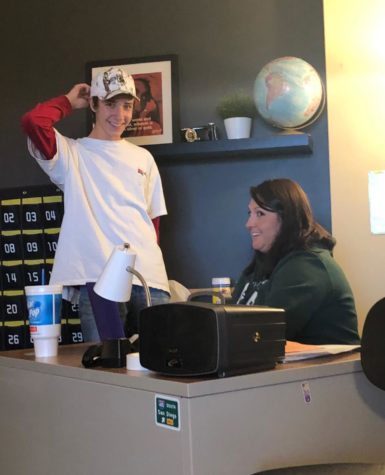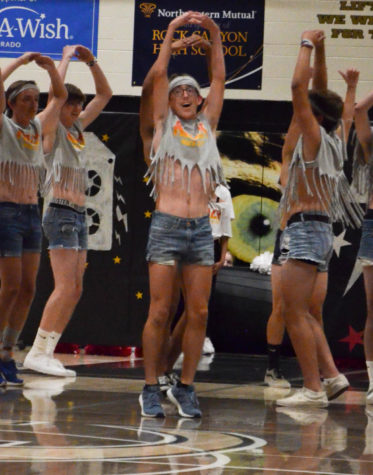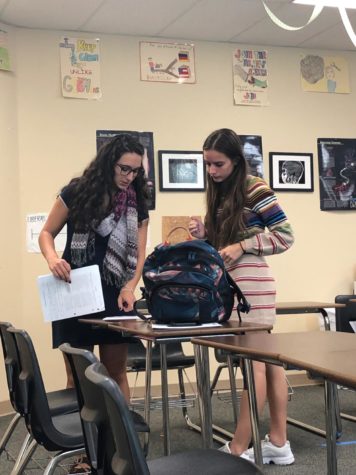Teachers Rediscovered
media by Reagan Davis
Spanish teacher Margaret Motz develops her students foreign language skills during 7th period Dec. 5. Motz has been trying different techniques for her students to try for the past three months after undergoing the three month long National Geographic journey.
December 7, 2018
Nationally recognized organization, National Geographic, can certify teachers as National Geographic Certified Educators. The path to certification can take up to three months of reading, planning and writing. While doing this program everything can be finished on a computer as well as meeting with peers. This program is open to any teachers throughout the nation and it reflects real world skills and learnings along with Geography, Science and even foreign languages.
“They say it’s a 15 hour process. You have to do some online training watch some videos, and get some information. I was working with some other teachers here on the same certifications so we planned an integrated unit all together which made it interesting for the kids because we made a situation where they were in a real world scenario like going into a conference where they don’t know everybody. There were different classes, different backgrounds and they were trying to find solutions to thing so it made it really fun for all of us because we tried some things we had never done before and worked with some teachers to push our thinking in different directions,” Biology and Environmental Science teacher Jenny Sickle said.
Becoming National Geographically Certified is a big accomplishment that impacts the way people teach and incorporates “thinking outside the box”.
“It was about going through the process and finishing that was really awesome because not many teachers can say that they are National Geographically certified, and it took a long time,” Zoology and Biology teacher Nikki Dobos said.
Even though the process of becoming a certified educator is a difficult and time consuming process, there are numerous benefits that come with being a certified educator.
“It’s just being able to work with other people beyond your classroom and share your ideas because it’s easy to get stuck in a rut, and as much as you can collaborate with others in your building, it’s helpful to collaborate with others who maybe have experience where they can bring insight into the things you’re teaching and that really helps. I’m still thinking of applying to see if I can do one of the expeditions. That would be a really cool experience and what I could bring back from that experience would be really helpful,” Dobos said.
Being apart of the National Geographic community also allows teachers to change the way they look at their own community and understand different aspects each individual plays.
“We started in August and everything was due on Dec 1. For my end project I did gender roles in the Spanish speaking culture and then how gender roles can affect climate change. So that brought nature into the human world and into my classroom. In a lot of third world countries, women are not educated. Therefore, they don’t do things that are necessarily healthy for the climate. For example, uneducated women tend to have more babies. That is not exactly healthy for the environment right now,” Spanish teacher Margaret Motz said.
Becoming a Certified National Geographic Educator is no small endeavor- it requires time and careful planning. Congratulations to Nikki Dobos and Amy Hommel on their accomplishment of becoming certified. We are anxious to hear back from Margaret Motz and Jenny Sickle on the status of their certification.
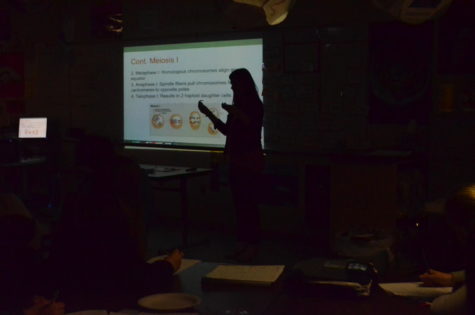
Zoology and Biology teacher, Nikki Dobos teaches her Honors Biology students about Meiosis Dec. 5. Dobos encouraged her students to “think outside the box” during 7th period while learning the topic.
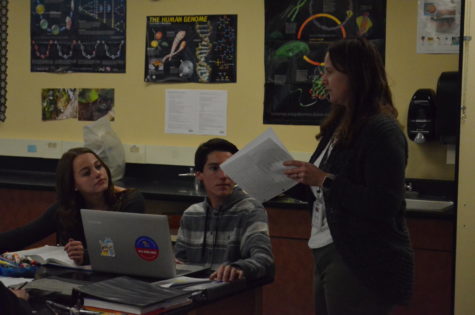

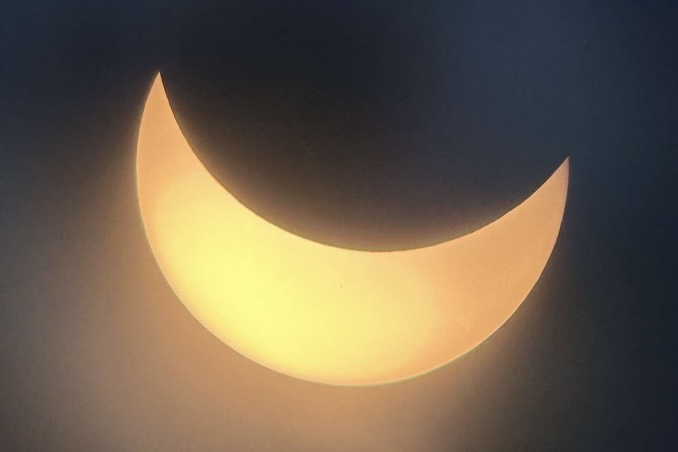
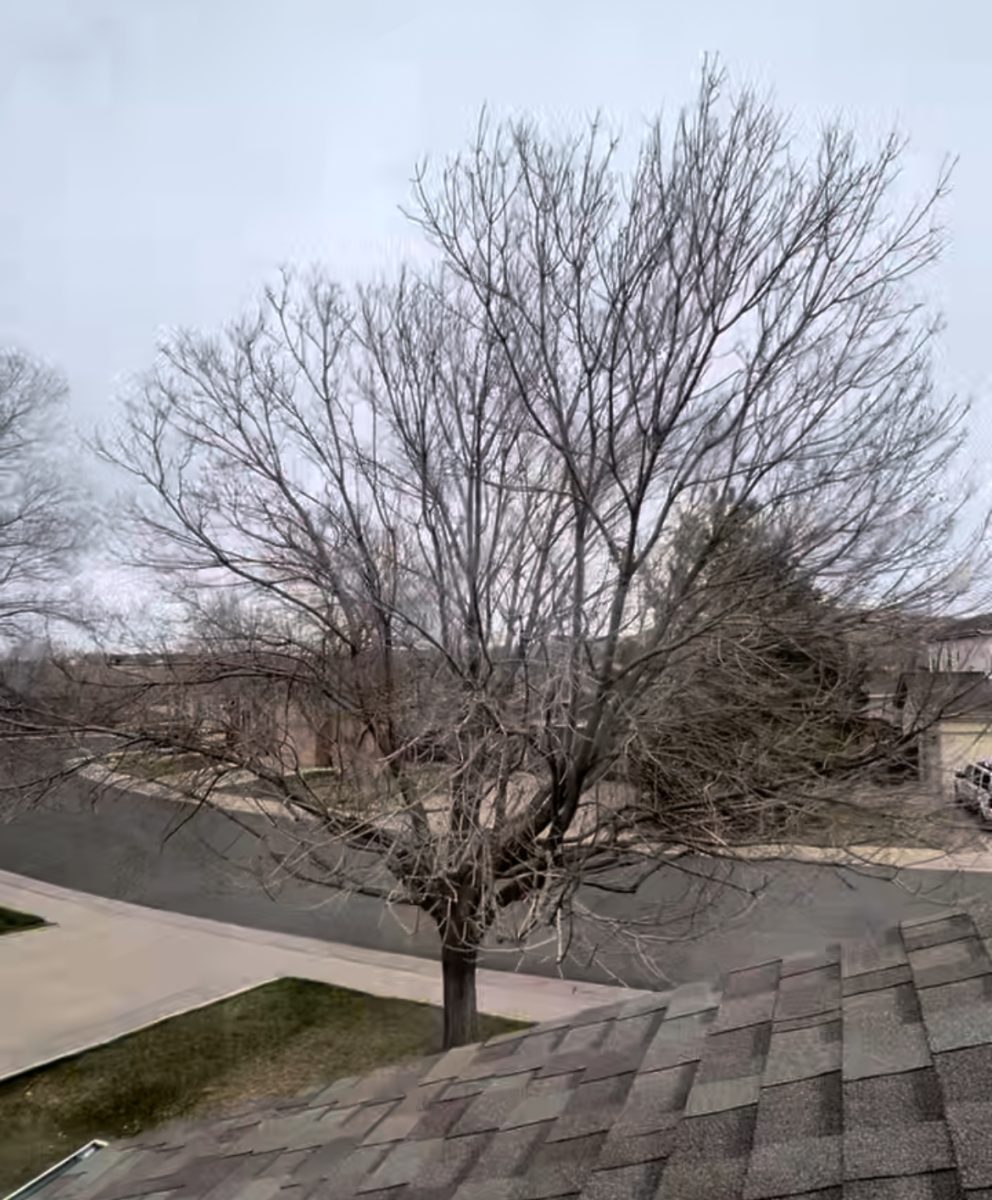
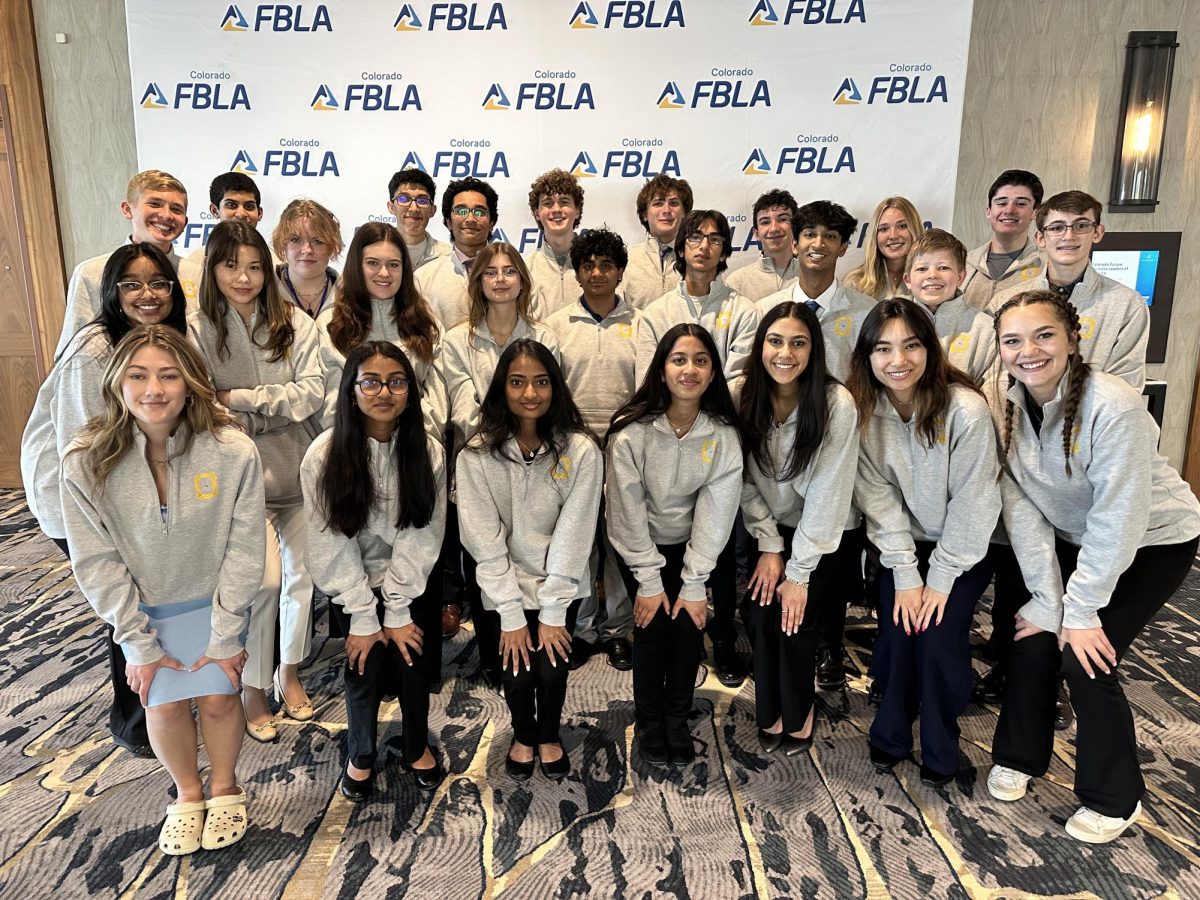
![Black & Gold Yearbook Editor-in-Chief Chloe Farson ‘25 works on a winter trends and events page for the yearbook during period four in room 4113 March 25. The deadline for the final version of the yearbook is this Friday, March 29. “Although I’m quite nervous and stressed about [the deadline], I’m looking forward to seeing the finished product more than anything,” Farson said. “I’ve found our book to be extremely unique from ones in past years, and it’s been so beautiful to work on. It’s wonderful to see it truly begin to come together, even though we don’t necessarily have all the time in the world to make it perfect.”](https://rockmediaonline.org/wp-content/uploads/2024/03/IMG_8224-e1711942407745-1200x1046.jpg)
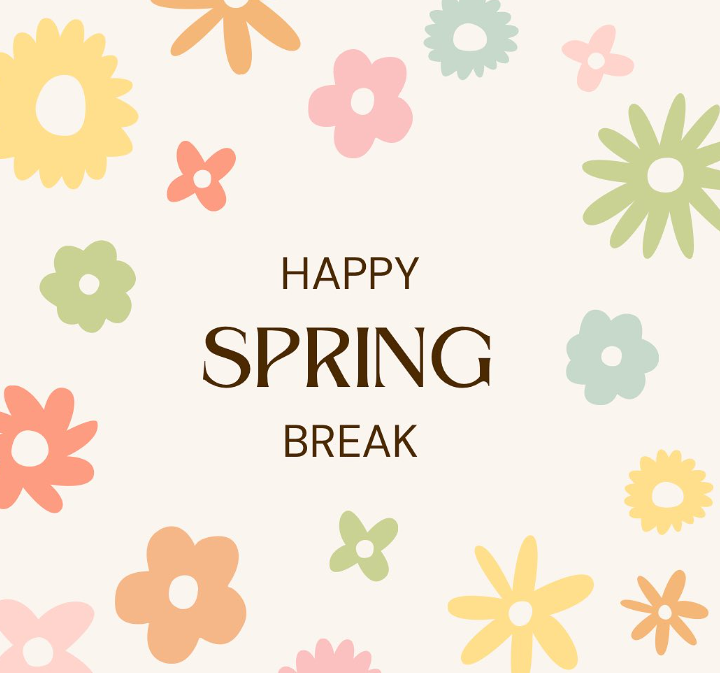
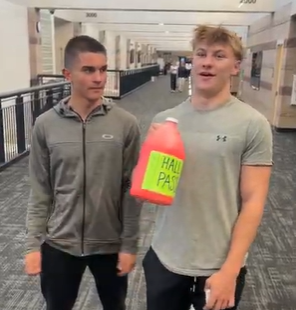
![The girls varsity soccer team walk back to their bench during halftime April 1. The Jags played against the Castle View Sabercats at the Douglas County Stadium and scored 3-0 W. “It felt really good [to beat Castle View]. I feel like that was a big win for us because knowing that we came together to beat a pretty good team has definitely given us some leverage for this season,” attacking midfielder Grace Rossner ‘24 said.](https://rockmediaonline.org/wp-content/uploads/2024/04/DSC_4906-1-1200x1057.jpg)
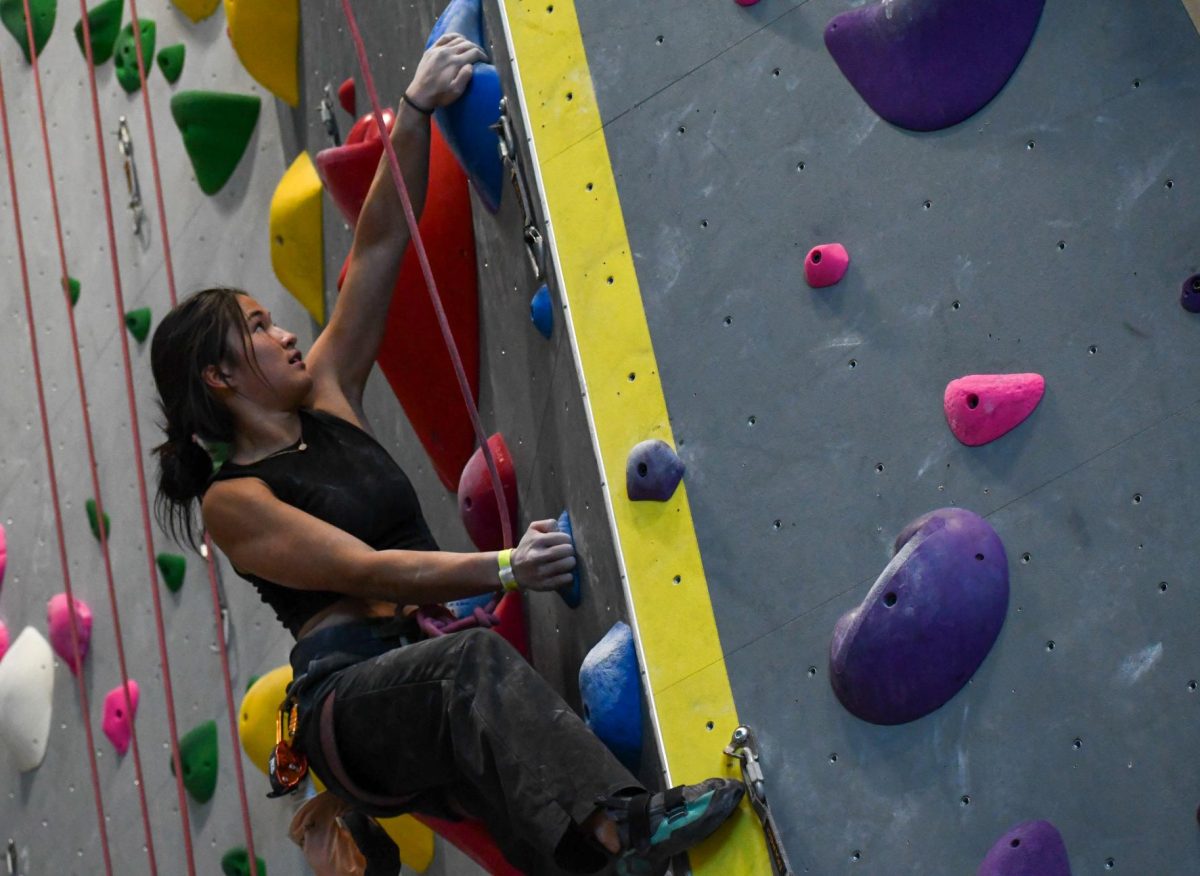
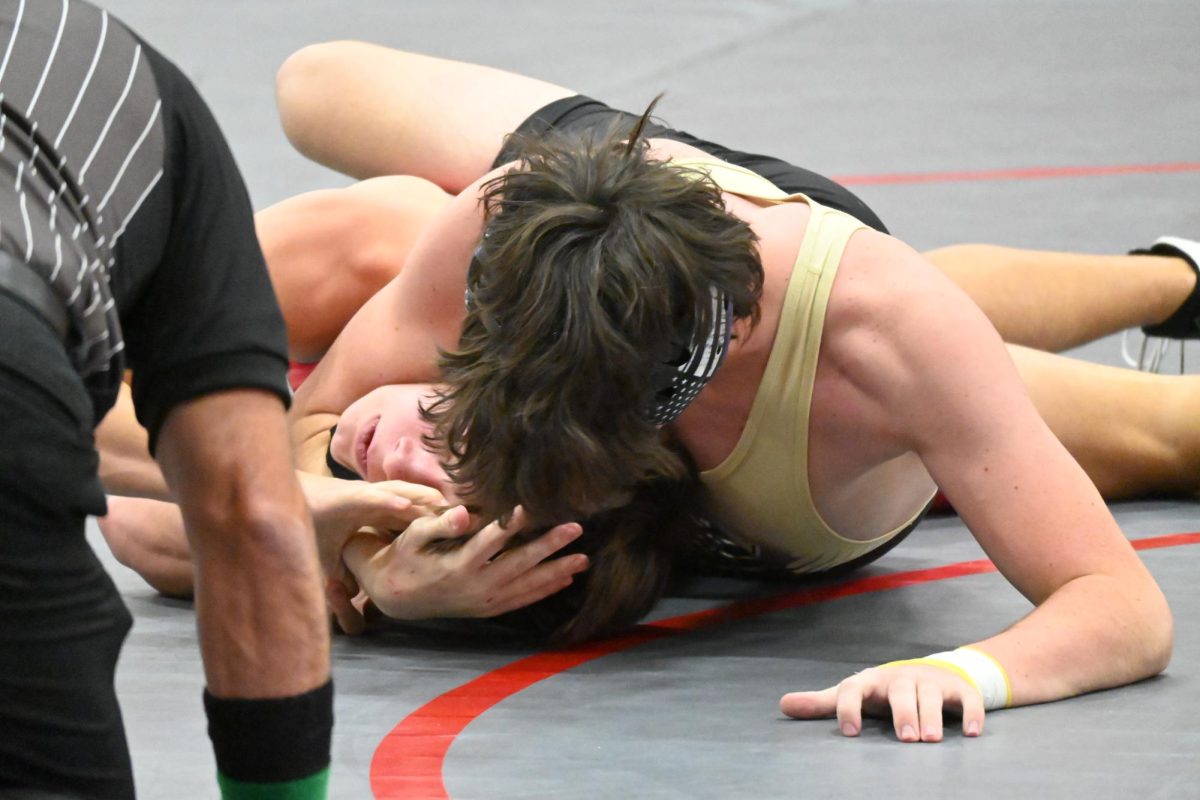


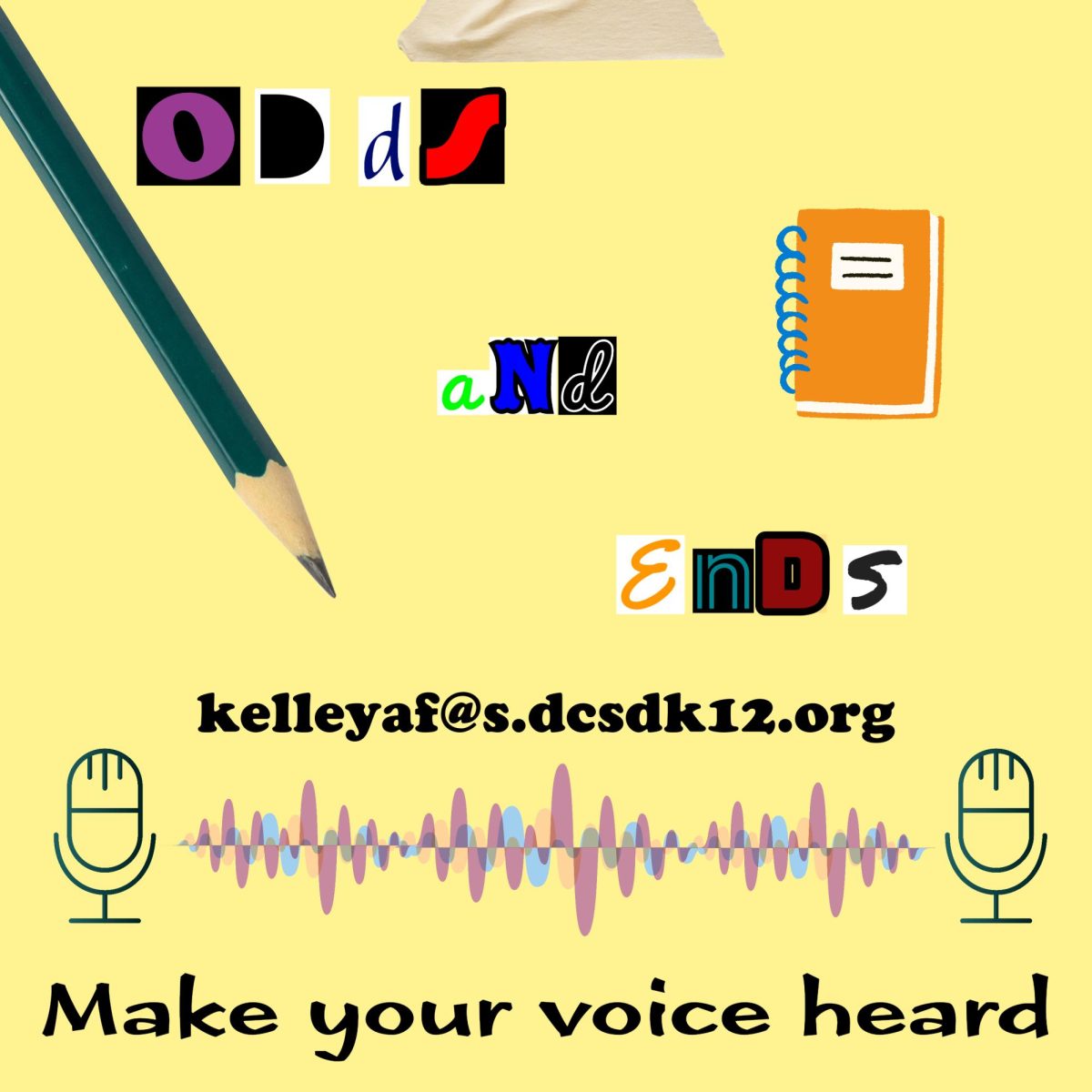

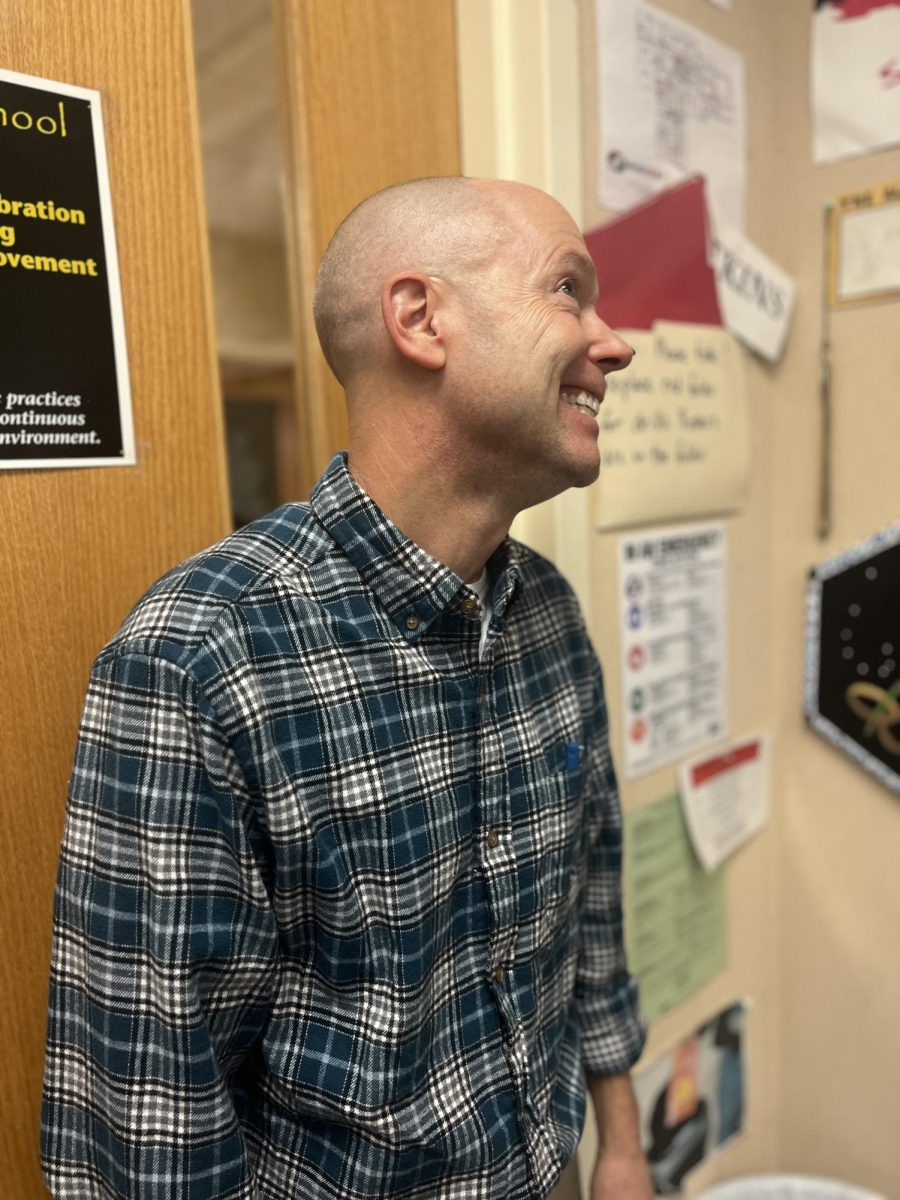
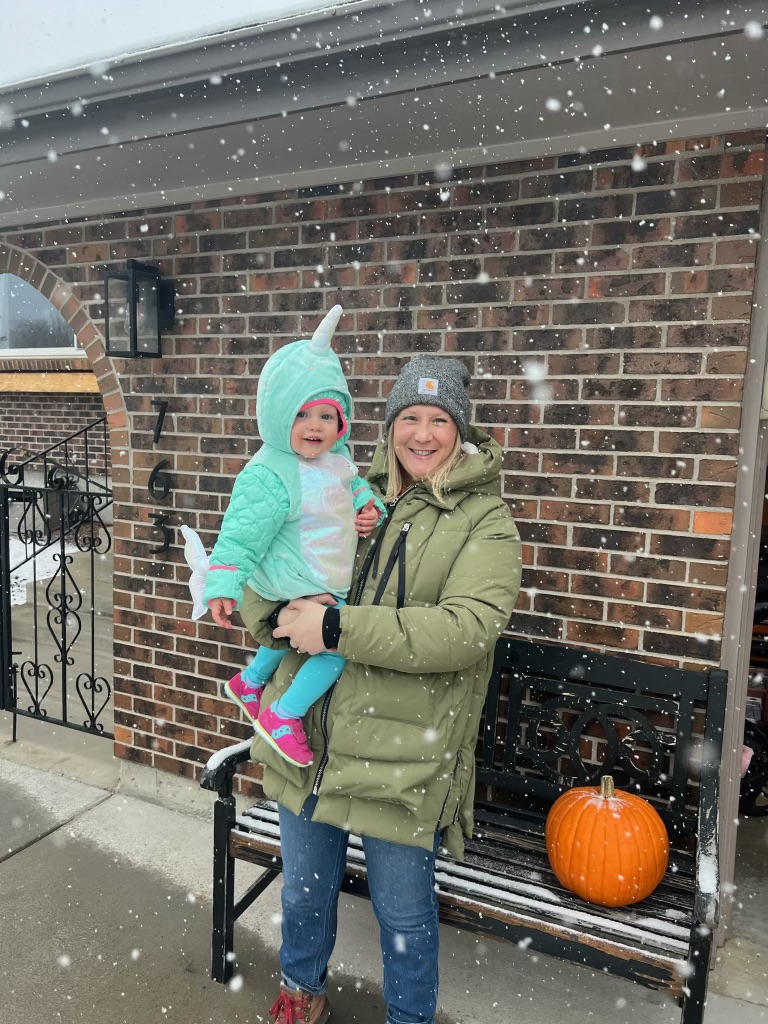


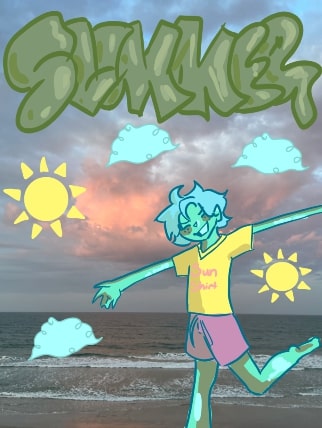

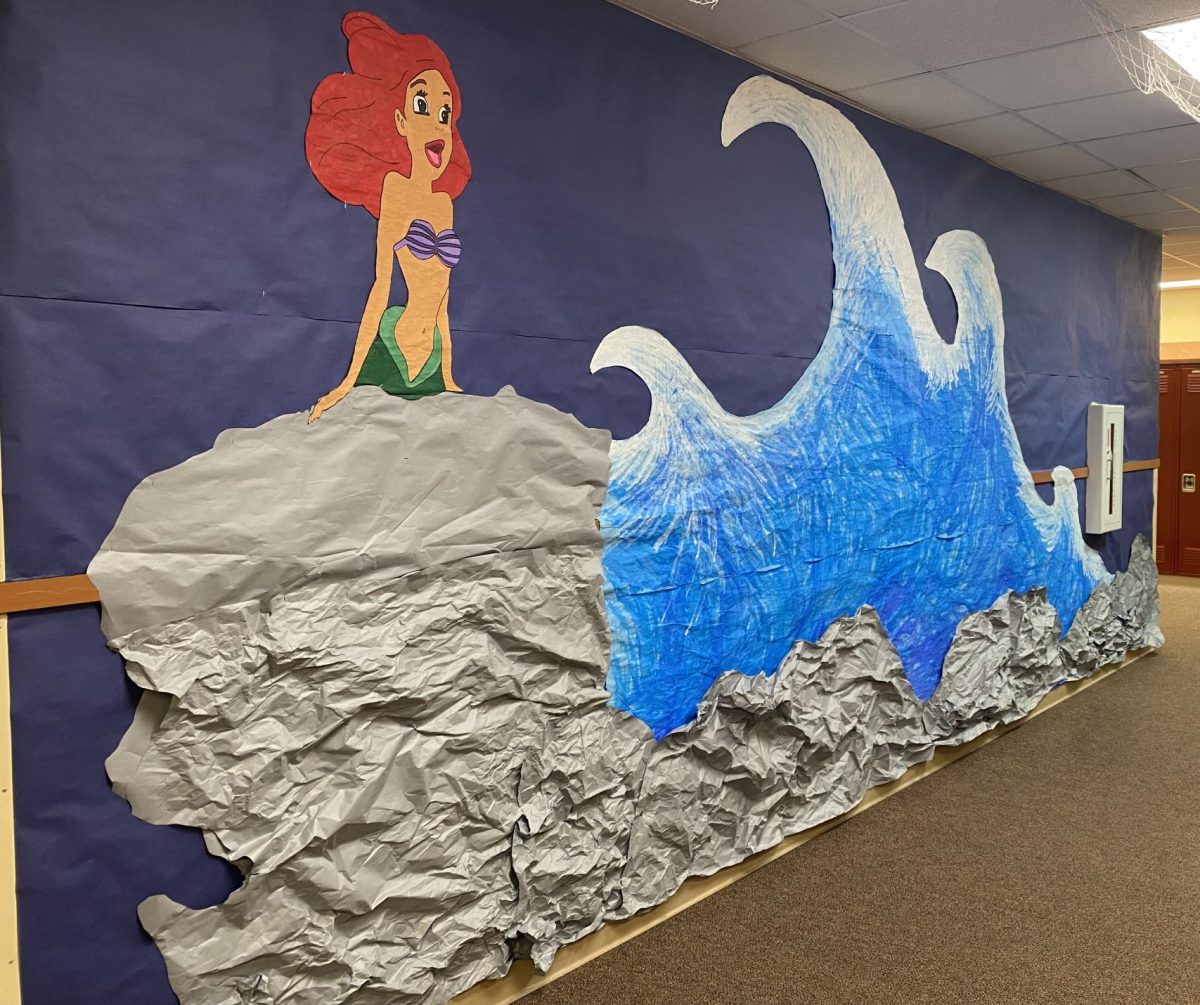

![At Prairie View High School, the winterguard team poses with their plaque after winning first place at their competition Feb. 24. This was the second time they won first place this year, this time with a score of 74.190 points. “I [love being] a witch, but my favorite [part of the show] is the trios, it’s so cool,” Heather Strickland ‘27 said.](https://rockmediaonline.org/wp-content/uploads/2024/03/PRARIE-VIEW-BY-MARGO-SANFORD-e1709531739910-1200x910.jpg)
